The largest pharmacy is not the best
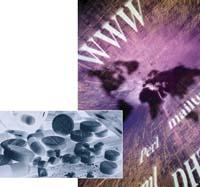
In view of the data, it can be assumed that the purchase of medicines online can pose a risk. And so it is, in extreme cases it can lead to death. For example, just a month ago the young British Selena Walrond died when taking a medicine bought online.
Walrond, 26, bought a banned compound to sell in both the United States and Europe, dinitrophenol, which he allegedly purchased from a Chinese website. Apparently, it was taken by bodybuilders and athletes to lose weight, and the girl also had that goal. However, he took the recommended dose five times and died of a heart attack the next day.
Not all cases are so serious, but according to the study conducted by EAASM, drugs purchased online have no guarantee and can harm the consumer more than benefit.
Research development
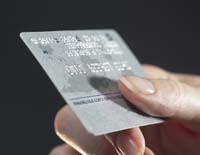
This year the results of the study on drugs sold online have been published. Specifically, the sale of prescription drugs has been investigated. When it comes to publicizing the result, the members of the association have highlighted the aforementioned data, but thanks to the research they have also known much more.
The research sought to answer two questions: on the one hand, from the Internet pharmacies that formed the sample, how many illegally sold prescription drugs, and on the other, what proportion of the drugs sold by online pharmacies are false or of poor quality.
To do this, the first step was to try to buy drugs online. It didn't cost them much to find websites that offered them. Several search engines were enough to write keywords, in English --buy (drug name) online, online pharmacy, cheap pharmacy, online drugs -, to get a lot of websites.
In addition, through the spam messages received in the email were found new drug outlets. In fact, 95% of the messages received in the email are spam, of which a quarter refer to medicines, according to the company Ipswitch, in charge of network and mail security.
In total more than a hundred websites were found. To answer the first question, they investigated one by one and, according to the result, the possibility of finding a place on the Internet where drugs are sold legally and ethically is very limited: only in 9.7% of websites the recipe was requested to the buyer, although it is essential to access the requested medicines. This trade, in addition to illegal, is not ethical for researchers, since sellers do not value the health and well-being of the patient.

Likewise, less than 5% of the websites appeared on the lists of official pharmacies; only 6.2% offered the name and the possibility of contacting a real pharmacist; discounts and special offers appeared on many websites, although they were not accepted...
In view of all this, EAASM has come to the conclusion that, in general, drug sales websites are not reliable.
Second step
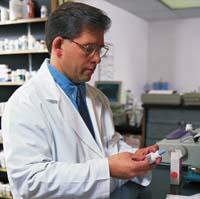
Despite the danger posed by the uncontrolled disposal of medicines, the absence of guarantees on the product, that is, the veracity and quality of the drug, is even more dangerous. The second part of the research was planned and carried out with the aim of clarifying it.
The researchers took a credit card (MasterCard) and applied for eighteen known drugs at online pharmacies. For the choice of these drugs the list of best-selling drugs in the United States was taken into account. On the other hand, it should be noted that these drugs and other similar ones are those that appear in garbage messages.
Of these 18 drugs, three are intended for the treatment of erective dysfunctions (Cialis, Levitra, Viagra), one to prevent hair loss (Propecia), another to lose weight (Reductil), six to treat respiratory or circulatory diseases (Lipitor, Plavix, Seretide, Verscoyl, Micardis, Prirpriimp, etc. They are all famous and manufactured in well-known laboratories.
Everyone, eighteen, needs a prescription to be able to buy it. However, when researchers made the application on the websites, they had no difficulty buying it without prescriptions. They asked few questions and gave them no advice. In some cases, a simple form on the buyer's health status had to be completed, but they did nothing to verify the answers. In one case they received a call from sellers, warning them that the buyer was a woman and that the product they wanted to buy was for men. The researcher replied that it was for her husband, and the sellers considered it sufficient.
All applications were received, except two. Two types of studies were conducted, one at a glance and the other in a laboratory. For the first, the London Medicines Association brought together twenty-two experts: representatives of patient associations, security specialists, pharmacists, pharmacists, police, an international trade expert... The appearance and contents of the packages were analyzed and, in view of the result, the products received did not seem very reliable.
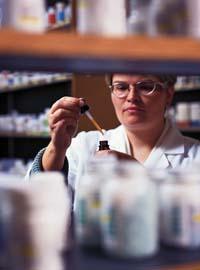
To conduct laboratory research, he was sent to the laboratory that makes each drug for study. The aim was to check if they were true, determine the proportion and effectiveness of the active component and analyze the possible loss or degradation of the drug because it was incorrectly collected or stored.
The results of the analysis were not relaxing: 62% of the products were fake or not authorized. This result was almost exclusively adjusted to what was seen by the team of experts, who demonstrated that a medicine accepted by experts was bad in the laboratory. However, anyone who is not an expert would not distinguish the true and false medicine as well.
The remaining 38% were real, made in original laboratories. But 16% of them were illegally imported from the United States, and a third did not have patient instruction sheets.
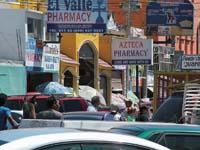
All one
In addition to the EAASM association, other associations and institutions have conducted research on drugs sold online, with similar results. For example, last year the OCU of consumers and users of Spain conducted a study of this type. The sample was smaller, but it was enough to show that websites selling medicines online act illegally and that the products they sold could be very harmful to health.
According to the World Health Organization, half of the drugs that sell physically directed websites are fake. Moreover, in addition to the Internet, 10% of pharmacies sold in developing countries are fake and 1% of those sold in developed countries. This means that 7 million drugs sold last year in Britain and 16 million drugs sold in Germany, for example.
In addition, data from information services show that the illegal drug market has grown exponentially in recent years. In Europe, twice as many fake drugs were seized in 2005 as in 2004 (500,000 products), and in 2006 it was five times more than in the previous year (2.7 million in particular). In 2007 it grew even more and continues to grow.
José Luis Segura, Head of Communication at the Organisation of Consumers and Users of the Basque Country (OECD), says that this market is booming. You cannot know how many people buy drugs online because they are private operations. In addition, Segura speaks of "few complaints" for shame or fear. However, due to the sale of weeds, fake, degraded, expired drugs, placebos and products that have not gone through any control, there are problems, although they do not have specific data.
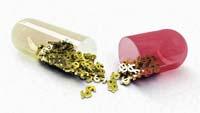
In addition, both the European Union and national administrations have established specific action plans to address this problem. In the meantime, it will be best to follow the recommendations and buy drugs at reliable pharmacies.
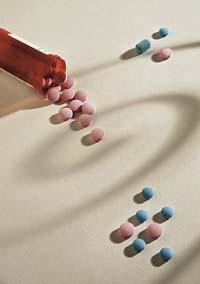
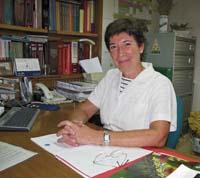
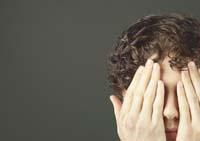
Buletina
Bidali zure helbide elektronikoa eta jaso asteroko buletina zure sarrera-ontzian











